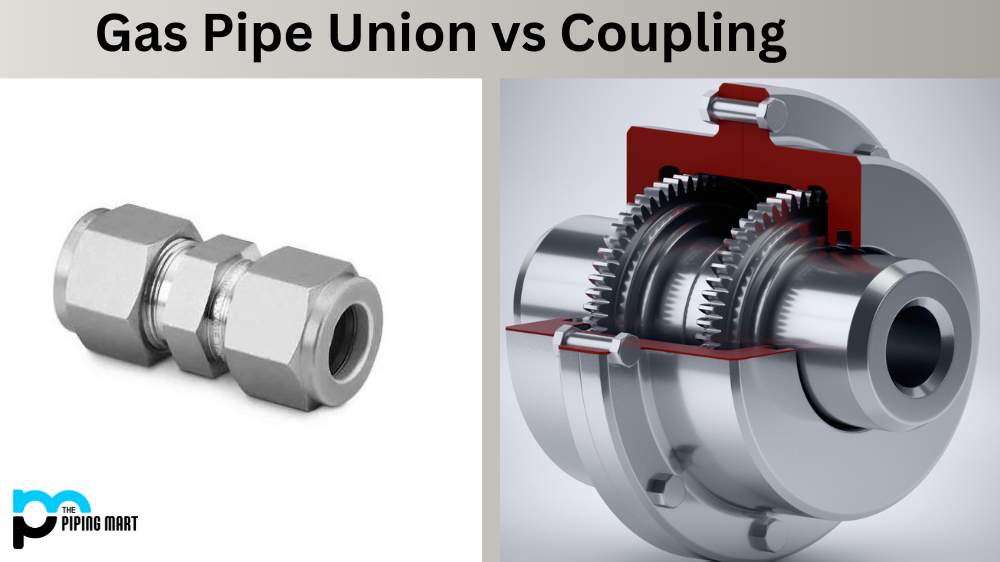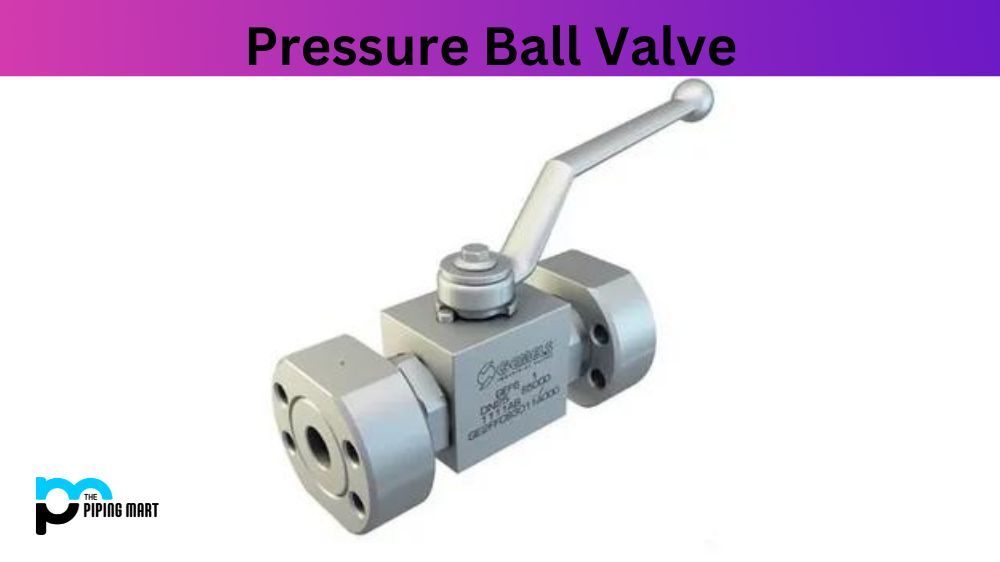If you are working on a plumbing job requiring gas piping, you may have begun researching the different parts and pieces available to complete the task. For example, you may have come across terms like “union” and “coupling” but not be sure of the difference between them. In this blog post, we will explore the differences between gas pipe unions and couplings so that you can decide when purchasing the correct fitting for your project.
Gas Pipe Unions
A gas pipe union is used to join two pipes together without having to solder or weld them. The union consists of three pieces—a nut, a male fitting, and a female fitting. The two pipes to be joined are inserted into each end of the union before being secured by tightening the nut with a wrench. Unions are often used in applications where frequent dismantling is necessary because they allow for easy disassembly and reassembly without damaging pipes or fittings.
Couplings
Unlike unions, couplings do not require three pieces—they consist of only two components which are pushed together over each end of the pipe using compression fittings. Unlike unions, however, compression couplings cannot be easily taken apart once assembled; instead, they must be cut off if it becomes necessary to remove them from the pipe for any reason. Couplings are most often used in applications where there is no need to disconnect the pipes at any point since they provide a more permanent connection than a union does.
Difference Between Gas Pipe Union and Coupling
- A gas pipe union is a fitting that connects two pieces of pipe. A gas pipe coupling is a fitting that connects two pieces of pipe.
- Gas pipe unions are typically made from cast iron, brass, or steel. Gas pipe couplings are typically made from galvanized steel, copper, or aluminium.
- Gas pipe unions are threaded on both ends, while gas pipe couplings are only threaded on one end.
- Gas pipe unions require the use of a wrench to tighten or loosen, while gas pipe couplings can be tightened or loosened by hand.
- Gas pipe unions are more expensive than gas pipe couplings.
- Gas pipe unions are less widely available than gas pipe couplings.
Conclusion:
When deciding which type of fitting is best suited for your project, consider both gas pipe unions and couplings carefully before making your purchase. Unions tend to be more expensive than couplings because they require more components, but they also offer greater flexibility since they can easily be dismantled and reassembled as needed. On the other hand, couplings provide an inexpensive option for those looking for a more permanent solution since they cannot easily be taken apart once assembled onto their respective pipes. No matter which type of fitting you choose for your project, understanding how these two types differ can help ensure that your pipes remain securely connected for years to come!
Meet Heer, a dynamic and driven writer learning tricks of her trade in the metal industry. With a background in Digital Marketing, Heer brings a unique perspective to her writing, sharing valuable insights. Apart from blogging she like reading and hiking.




